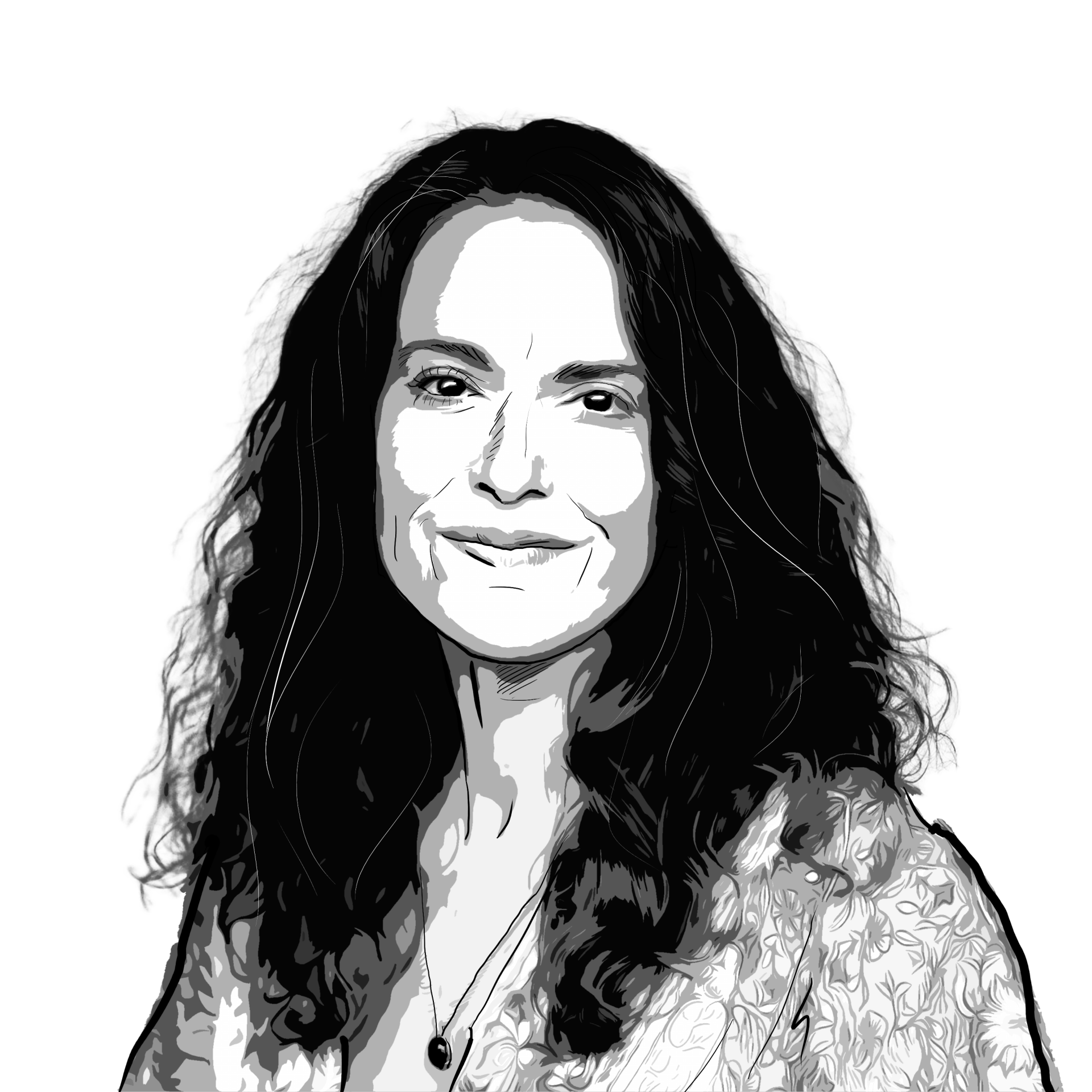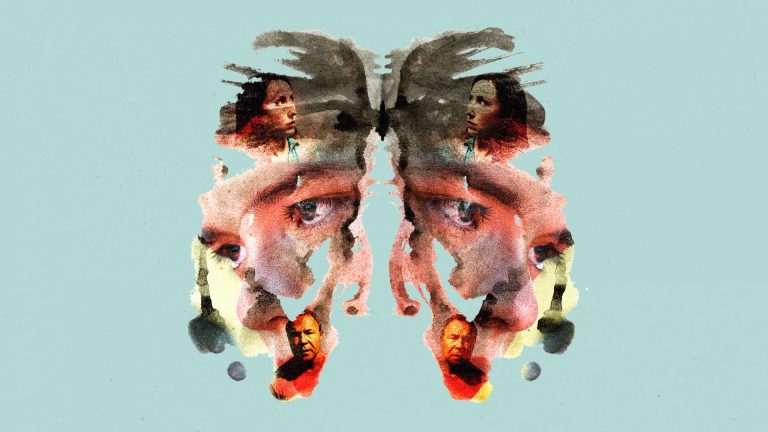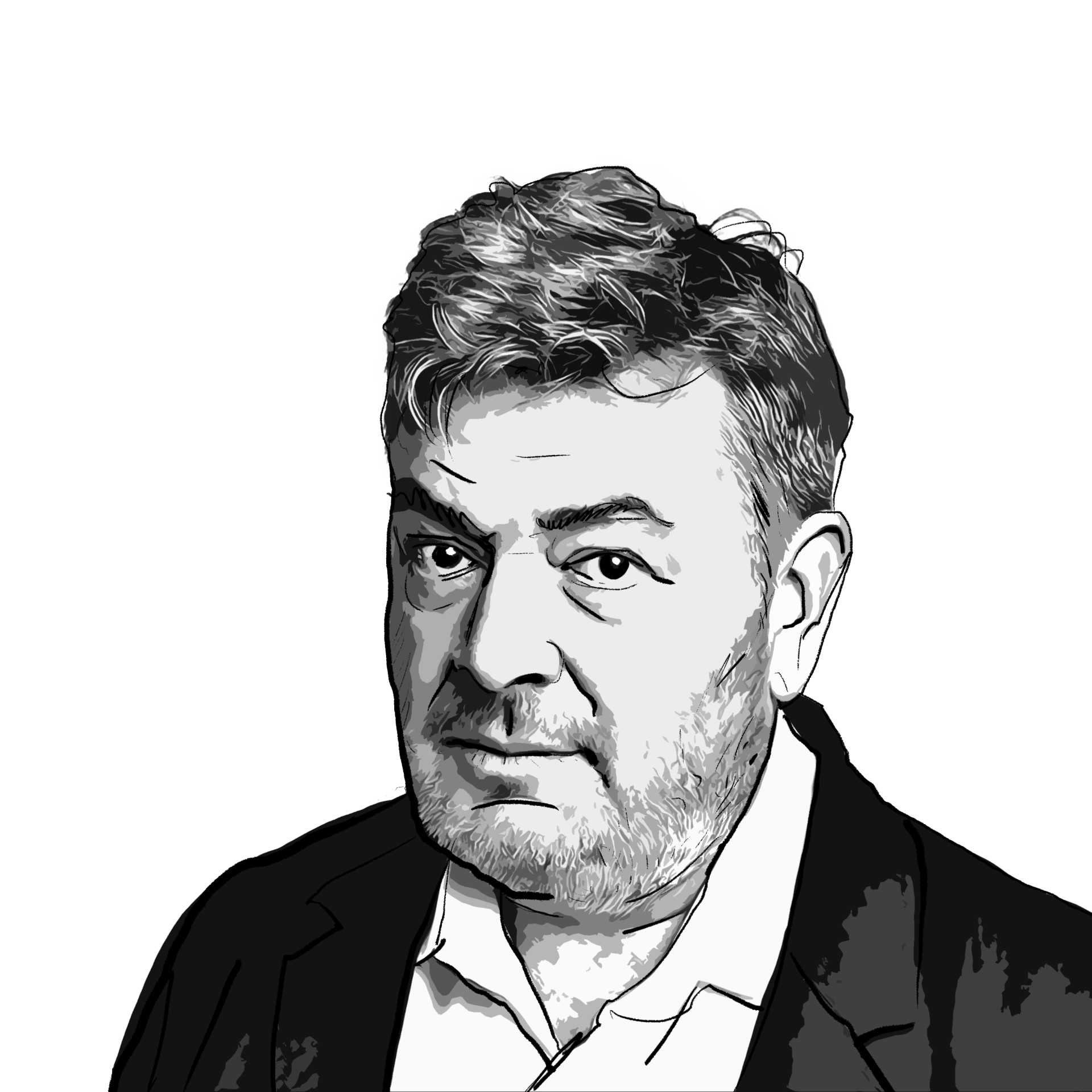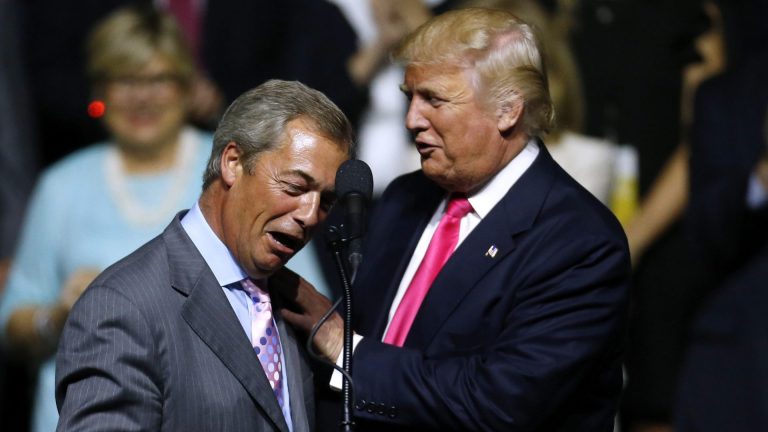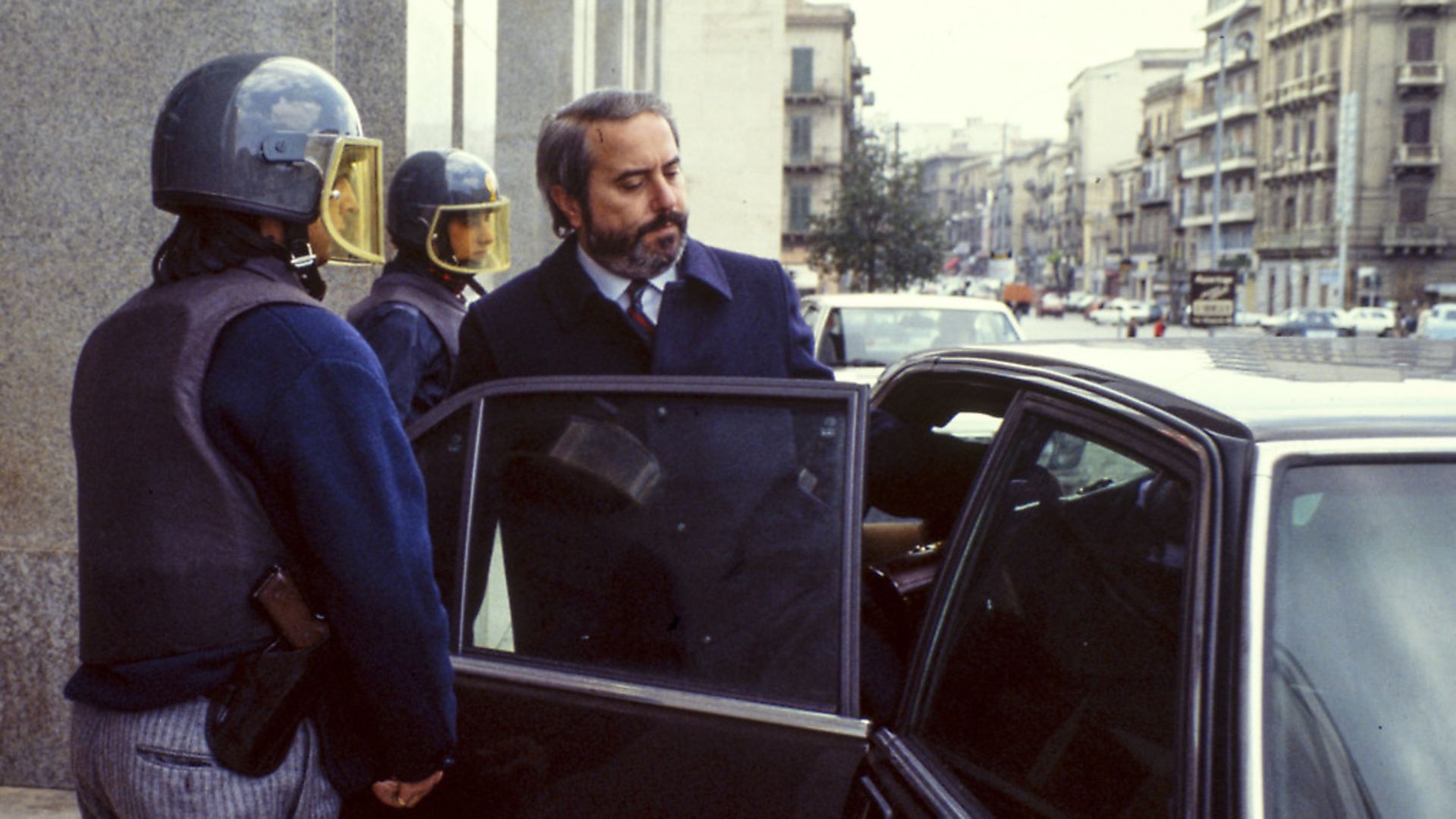
CHARLIE CONNELLY looks back on the life of Giovanni Falcone who played an instrumental role in bringing down the mafia.
One hot Sicilian night in July 2017 somebody attacked a statue in a piazza in the poor San Filippo Neri neighbourhood of Palermo. They meant business too. It took a determined effort to knock the head from the solid marble representation of Giovanni Falcone. Not content with mere decapitation, they picked up the head and slammed it against the gates of a school nearby, one that happened to bear Falcone’s name. Even 25 years after his death the judge who did more than anyone to bring hundreds of Sicilian mafiosi to justice was still upsetting certain locals.
‘Insulting the memory of Falcone is a miserable exhibition of cowardice,’ said Paolo Gentiloni, the Italian prime minister. Nobody had seen or heard a thing, of course.
They’d called it the Maxiprocesso, the Maxi Trial, the largest ever held anywhere in the world. It had begun in February 1986 and ran for nearly two years but effectively didn’t conclude until January 1992, when the appeals process was exhausted and the last of the convictions confirmed.
It was a trial like no other, taking place in a specially-constructed, missile-proof concrete bunker adjacent to the Uccardione prison in Palermo, and one at which 475 people were indicted for crimes perpetrated by the Sicilian mafia. The indictments ran to more than 8,000 pages.
The defendants ranged from lowly muscle to some of the highest-ranking figures in the ruthless network of crime syndicates. Sentences would be handed down totalling nearly 2,700 years, not including the whole-life terms meted out to 19 of the organisation’s most notorious members. It was a major blow to organised crime in the region and beyond, one whose fallout is still tangible enough for statues to be attacked a quarter of a century later.
The leading prosecution figure at the trial was Giovanni Falcone, a man who knew Sicily, knew Palermo and knew many of the people he was prosecuting.
‘I grew up in the same neighbourhoods,’ he said. ‘I understand how a Sicilian mind works.’
While Falcone was one of a number of judges instrumental in bringing to justice hundreds of people whose murderous activities had riddled Sicily with crime and fear for generations, it was his success in turning a major Mafia figure into an informant that paved the way for a mass imposition of justice.
Tommaso Buscetta was a big player in the drug smuggling network that ran between Italy, Brazil and the United States, but when several members of his family were killed in Mafiosi disputes he decided to turn pentito, informant, on condition he spoke only to Falcone. For six weeks in 1984 Buscetta was coaxed gently by the judge into revealing more about the internal workings of the Cosa Nostra than anyone before. Crucially, Falcone secured for the first time confirmation that the Sicilian mafia was effectively one organisation with a defined hierarchy, not a loose federation of family groups answerable only to themselves. Falcone’s conversations with Buscetta led directly to the arrest and charge of more than 350 people, including Michele Greco, the head of the Commissione provincial, the Sicilian Mafia Commission, set up to arbitrate in disputes between rival mafia groups and authorise the murders of political figures, judges and journalists.
‘Before [Buscetta] we had only a superficial idea of the Mafia phenomenon,’ Falcone said. ‘Through him we began to see inside the organisation. He gave us a lot of information about the structure, the recruitment techniques and the functions of Cosa Nostra. Above all he gave us a broad, global, wide-ranging vision of the phenomenon with an essential interpretative key, a language, a code.’
For the first time the grip of the Cosa Nostra on Sicilian society was being loosened finger by finger, coordinated by a man who had grown up alongside many of them. Even at school Giovanni Falcone was known for his strong sense of right and wrong and willingness to stand up and be counted for it. He would take on boys much older than he was if he saw a child being bullied or mistreated, some of his adversaries being members of known Mafia families.
Proudly Sicilian, after considering joining the navy he stayed on the island to study law at the University of Palermo and was appointed as a judge in 1964, specialising in bankruptcy. At the beginning of the 1980s he moved into penal law, joining the Ufficio istruzione, the investigative branch of the Palermo prosecutor’s office. Even if he’d been under any illusions about the difference between the bankruptcy cases on which he’d made his name and his new job, the assassination of the judge lined up to head the department, Cesare Terranova, three months before Falcone arrived would have cleared up any doubts.
Falcone immediately threw himself into investigating the global heroin smuggling networks run out of Sicily. Using methods honed in his previous role Falcone followed the money, unpicking intricate, shadowy strings of financial transactions in Italy and beyond that led to 74 convictions and prompted a major disruption of the world’s drug trade.
It was dangerous work, and Falcone knew it. Gaetano Costa, the judge who signed the arrest warrants in the heroin case, was shot dead in the street shortly afterwards. In the spring of 1982 Pio La Torre, the man who made mafia conspiracy a criminal offence, died in a hail of bullets at the wheel of his car in a Palermo side street. The same year the Italian government sent Carlo Alberto della Chiesa, a general in the Carabinieri, to Sicily to bring the mafia under control and within weeks of arriving he and his wife were murdered on their way to a restaurant.
Falcone became used to a life of heavy security and it was a price he was prepared to pay. The windows in his home were piled with sandbags, he travelled everywhere in bullet-proof vehicles and in 1986 when he married the magistrate Francesca Morvillo it was in a secret ceremony at a heavily guarded location. Three years later, when he was investigating a series of Swiss bank accounts linked to mafia activity, a bomb was found in the grounds of a villa Falcone had rented on the northern coast of Sicily.
Despite his successes, for all his selfless work and determination to stay on the island he loved, Falcone became increasingly disillusioned. Not so much with the danger to his life but with the petty political parochialism that riddled the island’s bureaucracy. He was passed over for the role of Sicily’s chief prosecutor despite being the obvious candidate and the man given the job made it clear he didn’t believe the mafia was a single organism, as had been established at the Maxi Trial. There were attempts to sideline Falcone, handing him cases of domestic abuse and low-level criminal activity, until in the spring of 1991 he accepted a job as director general of internal affairs at the Ministry of Justice in Rome.
Reluctant as his departure from Sicily was, in the capital he set about a major restructure of the judicial processes relating to mafia activity, creating a national body to fight organised crime above a network of regional organisations. His new job also qualified him to ensure the conviction and sentences handed down at the Maxi Trial would be upheld in the face of corruption or the notoriously labyrinthine Italian bureaucracy.
For all his success in Rome the call of Sicily remained strong and he would return as often as possible. On May 23, 1992, Falcone and his wife flew into Palermo on a private plane. They set out for their home in an armoured cavalcade and as they approached the turning for Capaci a bomb placed in a drain culvert beneath the road was detonated by remote control. Falcone, Francesca and three police officers were killed in an explosion so powerful it was picked up by earthquake monitors on the mainland.
A few weeks after Falcone’s murder his old schoolfriend and fellow crusading prosecutor Paolo Borsellino was also assassinated, the two deaths leading to a huge public outcry and an unprecedented loss of faith in politicians. Political figures were openly abused at the funerals, even by police officers. Chastened, the authorities instigated a heavy crackdown on mafia operations that led among other successes to the arrest and conviction of kingpin Salvatore Riina, the man who had ordered the Capaci bombing.
A few months before he was killed Falcone had given a lengthy interview to a French journalist. ‘I opened an account with the Mafia,’ he said. ‘One that can only close with my death.’



